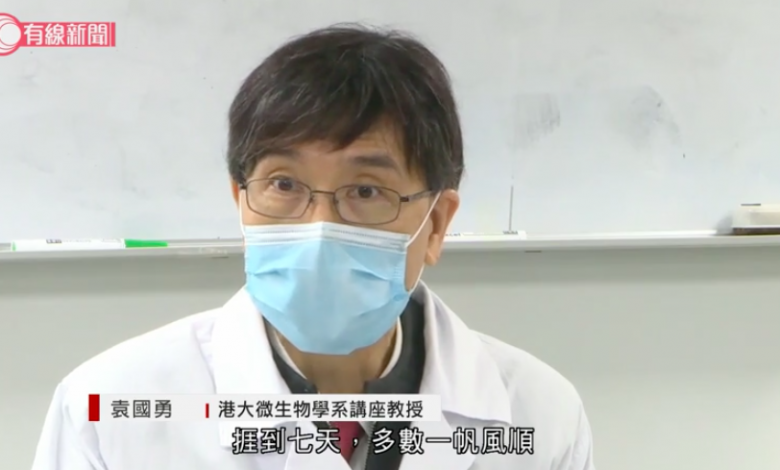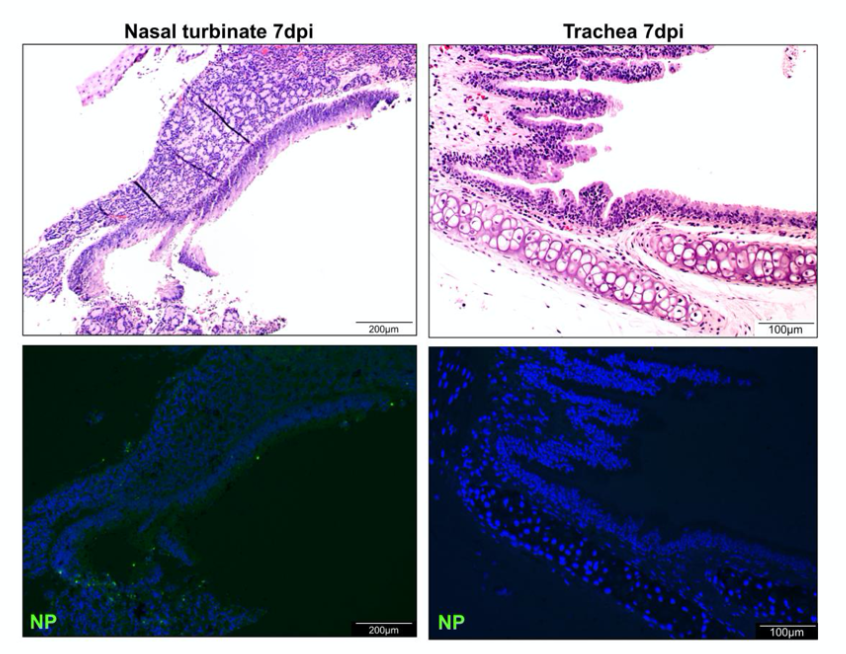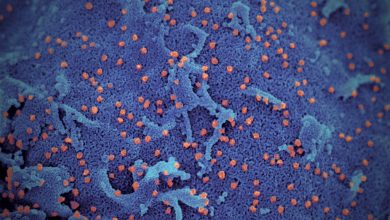Research
[Clinical Infectious Diseases] Simulation of the clinical and pathological manifestations of COVID-19 in golden Syrian hamster model: implications for disease pathogenesis and transmissibility

Clinical Infectious Diseases, 26 Mar 2020
Jasper Fuk-Woo Chan, Anna Jinxia Zhang, Shuofeng Yuan, Vincent Kwok-Man Poon, Chris Chung-Sing Chan, Andrew Chak-Yiu Lee, Wan-Mui Chan, Zhimeng Fan, Hoi-Wah Tsoi, Lei Wen, Ronghui Liang, Jianli Cao, Yanxia Chen, Kaiming Tang, Cuiting Luo, Jian-Piao Cai, Kin-Hang Kok, Hin Chu, Kwok-Hung Chan, Siddharth Sridhar, Zhiwei Chen, Honglin Chen, Kelvin Kai-Wang To, Kwok-Yung Yuen
A latest animal test on hamsters conducted by HKU researchers shows that the blood serum from hamsters recovered from COVID-19 have significantly reduced the viral loads in other subjects.


Highlights:
- A physiological small animal model that resembles COVID-19 with low mortality is lacking.
- All infected hamsters recovered and developed mean serum neutralizing antibody titre ≥1:427 fourteen days post-challenge.
- The hamsters infected with SARS-CoV-2 could pass the virus to the healthy ones when housed in the same cages, which is similar to how the virus can spread in a family.
- SARS-CoV-2 caused severe damage to the lungs, trachea, and intestines of the infected hamsters within the first seven days of infection.
- The hamsters recovered from SARS-CoV-2 infection starting at around day 7 post-infection.
- Passive immunization with convalescent sera from recovered hamsters significantly reduced the viral loads by ten times in the treated naive hamsters.
- Besides satisfying the Koch’s postulates, this readily available hamster model is an important tool for studying transmission, pathogenesis, treatment, and vaccination against SARS-CoV-2.
Full text
Related media coverage:


![Photo of [Nature Microbiology] Metallodrug ranitidine bismuth citrate suppresses SARS-CoV-2 replication and relieves virus-associated pneumonia in Syrian hamsters](https://fightcovid19.hku.hk/content/uploads/2020/10/Image-2-390x220.jpg)
![Photo of [Cell Reports Medicine] Oral SARS-CoV-2 inoculation establishes subclinical respiratory infection with virus shedding in golden Syrian hamsters](https://fightcovid19.hku.hk/content/uploads/2020/10/fx1_lrg-e1601870075235-390x220.jpg)